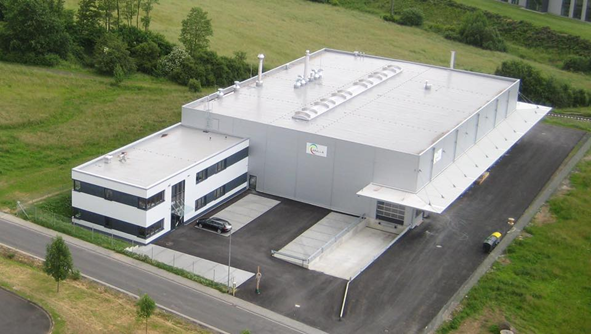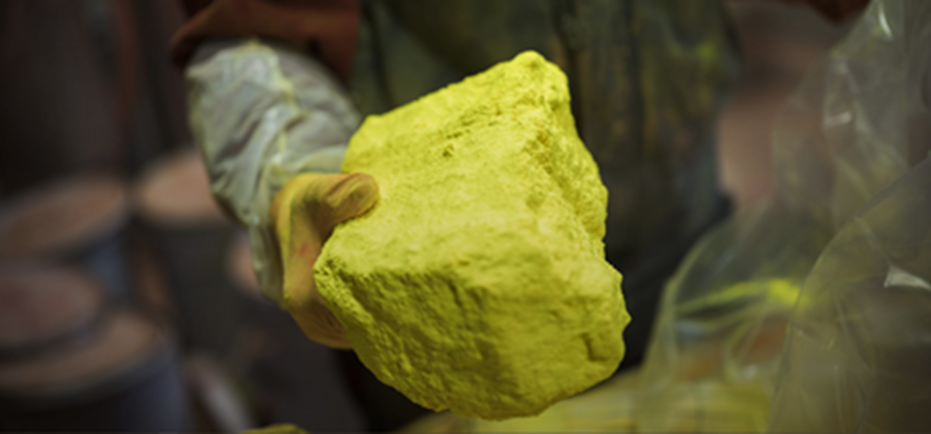Reverse innovation leads Technology
Reverse innovation and cross integration lead the chemical industry to rise again
Reverse innovation and cross integration lead the chemical industry to rise again
Gorgeous colors always attract attention. Ancient humans achieved dyeing by refining dyes from plants, animals and minerals more than 5000 years ago, and continued to lead the ancient chemical industry. In 1856, the first synthetic dye aniline violet opened modern chemical industry, which led to the development of many well-known multinational chemical enterprises in the world, such as Bayer and BASF, which initially focused on dye production and gradually grew. BASF's full name is "Baden aniline soda factory", in which Baden is the state name of Germany, and aniline and soda are important raw materials for synthetic dyes. After its establishment in 1865, the company mainly focuses on dye production. Through the successful research and development of indigo, it quickly became a leader in the world chemical companies.
After more than 100 years of development, the varieties and application scope of dyes have been greatly improved, and the production of dyes has long been modeled. Due to the aging of equipment, the discharge of three wastes and the lower and lower profit margin, the production of traditional dyes is more and more limited, and the market share of high-performance dyes and pigments is gradually increasing. However, most of the production of high-performance dyes and pigments is still monopolized by foreign enterprises, and the development of high-performance dyes and pigments is greatly restricted by many production steps, high cost of pretreatment and processing, and slow progress of new product research and development.
With more than 20 years of R & D experience in the field of organic high-performance pigments, China plastic core organic chemistry company has broken through the tradition, cross integrated pigment production, dispersion and processing from the downstream application of pigments, and pioneered a green process for the first time in the world to synthesize high-performance organic pigments with high efficiency and solvent-free with polymer resin as the reaction medium. The innovative process not only eliminates the steps of filtration, drying, crushing, packaging and grinding required by the traditional pigment production, but also ensures that the pigment molecules do not aggregate due to the high viscosity, high temperature and high flow of molten polymers, so as to obtain an ultra nano level dispersion system, which improves the coloring strength and stability of the pigment. The new technology not only eliminates the three wastes in pigment production and greatly reduces the carbon emission generated by production and processing, but also realizes the real green production of pigment and its application and processing, and reduces the number of equipment in contact with pigment. The equipment cleaning is fast and simple, and there is no need to use liquid, which can realize the rapid color change production of the same machine.

The new technology will integrate pigment production enterprises, color paste preparation enterprises, color masterbatch enterprises, plastic products enterprises, synthetic fiber spinning enterprises, coating enterprises, paint and ink enterprises, realize simplification, multi-step integration, greatly reduce product costs, and is expected to create a new type of zero emission new enterprise and lead the rise of the chemical industry again.


